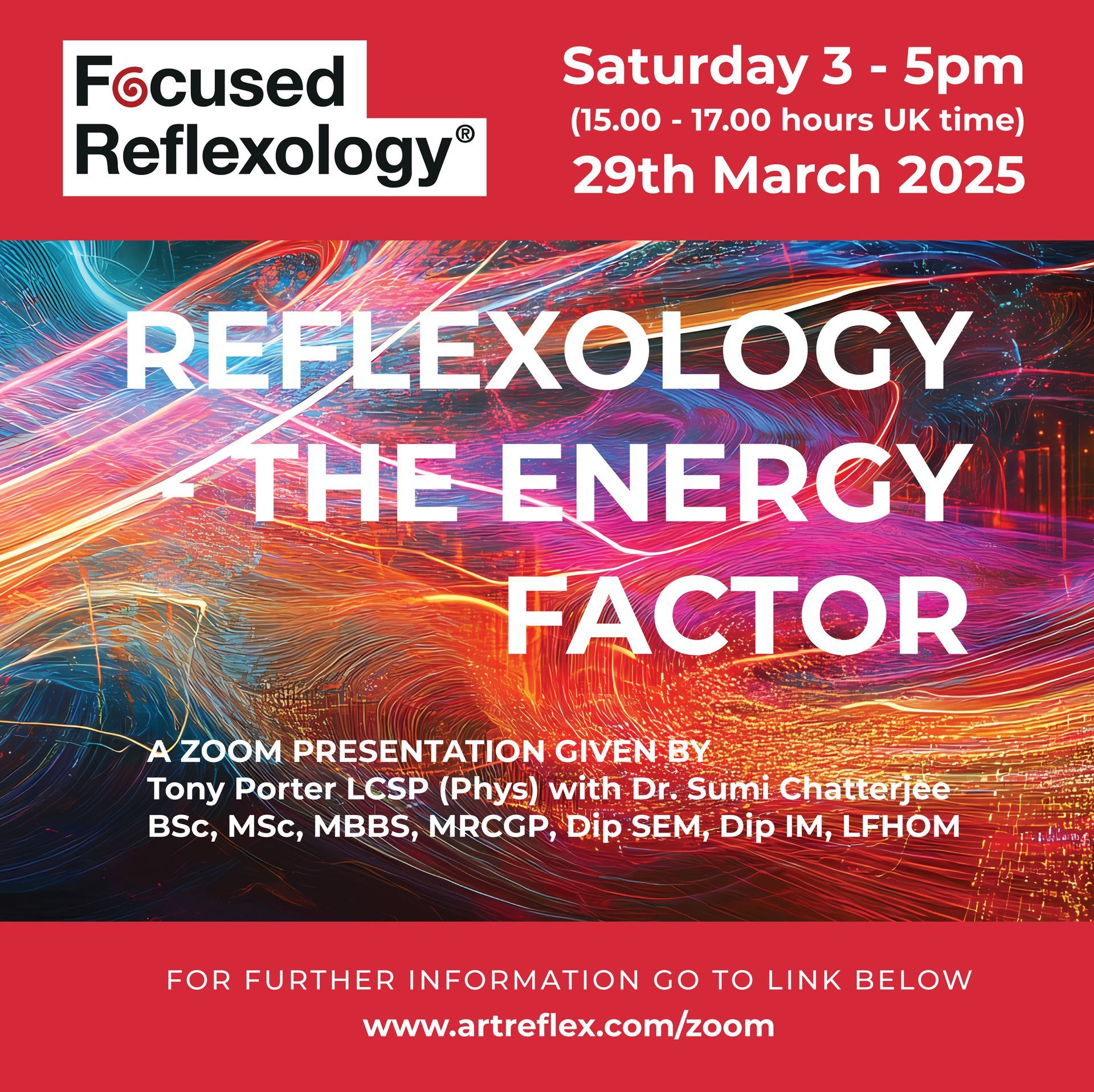THE FOOT Influence on posture and proprioception
THE FOOT Influence on posture and proprioception

In the days when I was an avid runner, the shoes I felt comfortable wearing had minimal shock-absorbing cushioning - I could feel the textures and undulations of the ground beneath my feet as I ran which provided natural balance and stability to the entire body. I cannot remember having any injuries such as those to the ankles, knees, or lower back which are common occurrences with runners.
Unfortunately, when I had to buy new shoes, I found that the type I had been using for years had been discontinued. However, I was assured by the salesperson in the specialist running shop, that other shoes offer more shock-absorbing properties and would be better for me.
I was presented with a few examples of the innovations in running shoe design all having thick cushioning of the heel area which extended to the rest of the bottom of the shoes, supposedly offering superior protection from joint damage.
With this reassurance, I made a purchase and went happily on my way.
Squishy, Squashy
The next day I decided to ‘break in’ the shoes with a jog around Hampstead Heath in London. After a short while, I noticed that although the shoes provided a softer and springy impact which initially felt comfortable. I was soon to find that they prevented me from feeling in contact with the ground — they had a squishy, squashy feel. The stability I was used to was absent and had been replaced by an unnatural ‘out of touch’ sensation to the terrain, which made me feel apprehensive about running at my usual pace. Over the next weeks, I had a few minor ankle strains which I had not experienced before. Unfortunately, these culminated in going over on an ankle, resulting in a bad ligamentous strain which put paid to my running for a few weeks.
I decide to look for another type of shoe with less cushioning like my previous ones and eventually found a type that enabled the ground to be felt beneath my feet.
I used to run with a mature and long-established runner who always ran barefoot (over the heath) he never sustained any injuries either to his feet, knees, or lower back. The only things he had to look out for were pieces of broken glass and sharp stones. These days there are types of barefoot running shoes that give protection from these hazards. I was very aware of the importance of proprioception (the awareness of the position of the body in relation to the feet) during running and walking which is not possible with the thick squishy soles which are so common.
The human foot is a biomechanical masterpiece; which has evolved throughout evolution without having the addition of an inch thick squishy material strapped to its plantar surface nullifying the vital functions of proprioception.
Apart from proprioception, there is the electromagnetic value of being connected to the earth, particularly in bare feet.
Walking/running or just going about day-to-day activities either barefoot or with the barefoot types of shoe, enables the correct functioning of the muscular/skeletal action of the foot, allowing the muscles to develop naturally. With feet crammed into shoes, this intricate function of the feet is seriously compromised, which will have a detrimental effect on the entire postural balance of the body.
Being barefoot as much as possible opens the sensory connection between the feet and the brain. This is made far more evident when walking barefoot over grass or pebbles such as those on a beach — the sensation of the pebbles can be overwhelming to those who have never walked barefoot before or received reflexology. Once people become accustomed to walking over uneven and stony terrain they begin to feel rejuvenated by the reflex stimulation. This is recognised in Japan where parks have pebble paths for people to walk barefoot.
What I have related in this blog so far is the precursor to a reflexology-related subject which can be included in treatments.
Walking barefoot or with shoes without cushioning provides the body with continued stimulus through the action of impact to the feet.
Bone is derived from minerals such as calcium, magnesium, and collagen amongst others. These are in a crystal, matrix form which gives great strength to the bone. Without the stimulus of weight-bearing such as walking or resistance types of exercise, osteoporosis will occur (what you don’t use you lose). The constant impact with the ground sends vibrations through the bones, which because of the crystalline structure of bone, creates a piezoelectrical charge which stimulates bone growth and is also generally stimulating to the body.
There is a technique which I use which mimics the benefit of walking barefoot, it is part of a range of manual techniques which I call passive exercise and are of benefit to those bedridden for various reasons where the weight-bearing stimulus is not possible. This is one I include during my reflexology sessions on most patients and provides the stimulus when walking in bare feet
This clip of me performing this is shown below:
Note that only my wrist is applying the technique, and it is quite vigorous. It takes practice to perform this without effort. Use your dominant hand on both feet if it is easer.
The important thing is to get used to it by practice.
I always end a treatment with this.
I do recommend that you include this in your treatments. Thirty seconds on each heel will work magic!
This technique was used in the past to stimulate bone growth in children according to an old-time osteopath I once knew.
Tony Porter©️ 2021
I am pleased to announce that I will be giving a special online zoom meeting on:
Tuesday September 7th starting at 14.00 London time.











